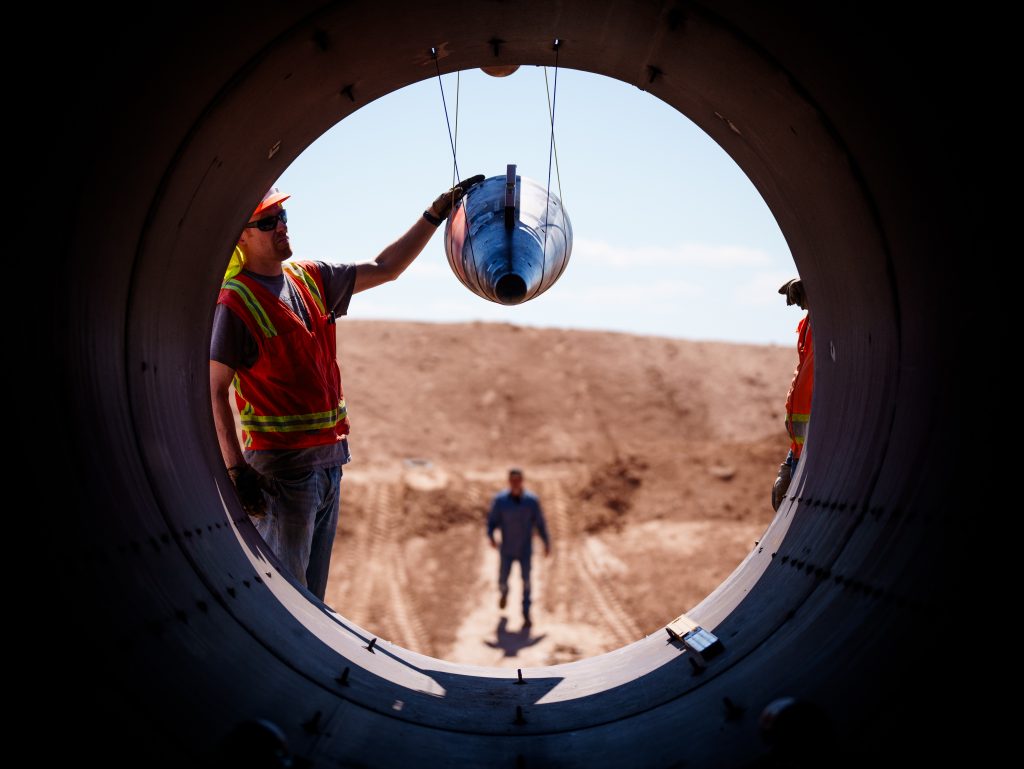
Record-breaking pulse duration provides data
A series of 10 characterization tests of Sandia’s 300-foot blast tube demonstrated the largest pressure and longest pulse duration known from any NNSA facility. The final flow shot incorporated the suspension and release of a mass mock test unit and met multiple technical, safety and program objectives. This work will provide access to environments that were previously unreachable. • 1000
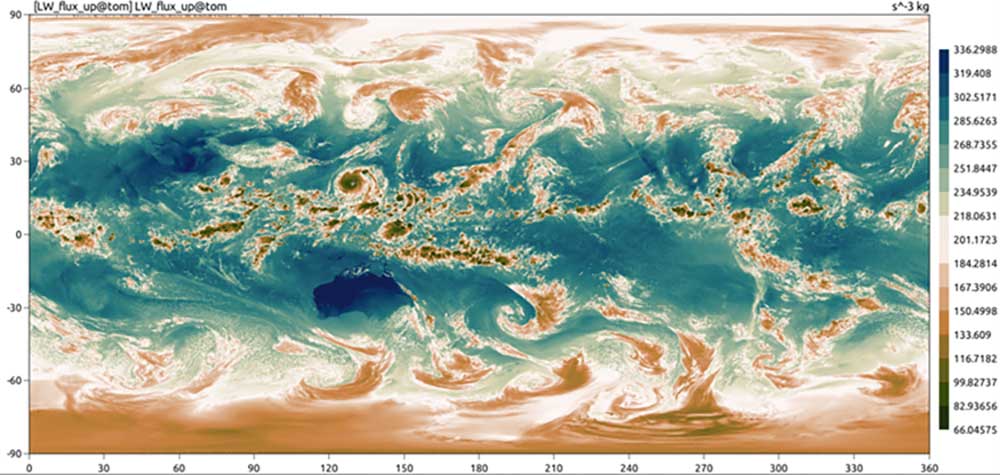
SCREAM model demonstrated at exascale
Climate model developers at Sandia and Lawrence Livermore national laboratories, partners on the Energy Exascale Earth Systems Model project, have run a model of the global atmosphere of unprecedented resolution on Frontier, the world’s first exascale supercomputer. The Simple Cloud-Resolving E3SM Atmosphere Model, or SCREAM, exceeds one year of simulation per day of computer time. This achievement was recognized with the inaugural Gordon Bell Prize for Climate Modeling. • 1000, 8000
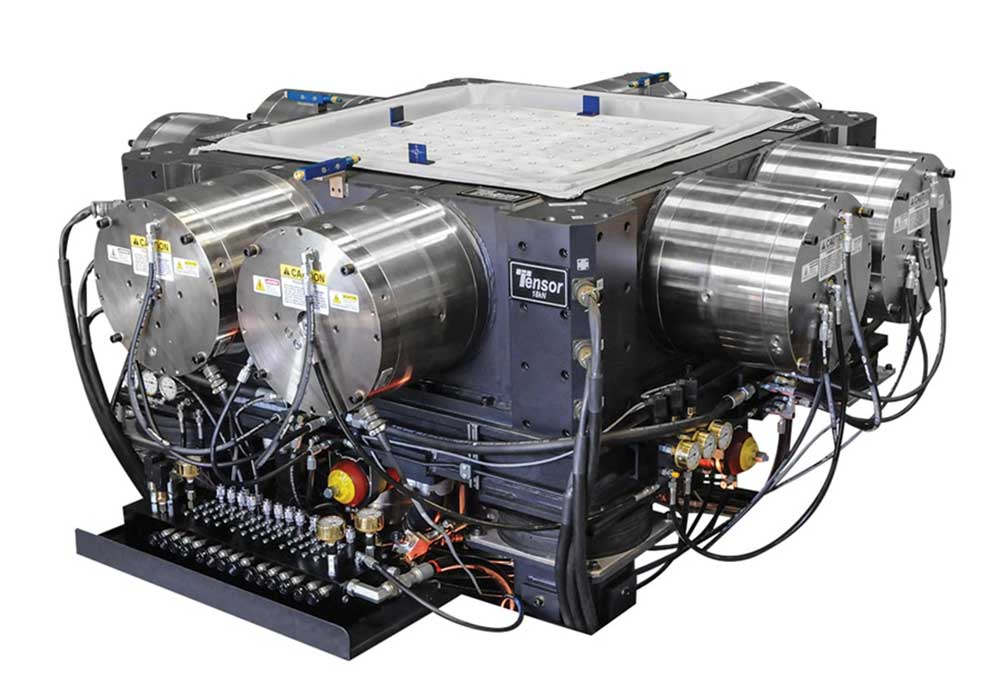
Six-degree-of-freedom testing for ND modernization
The first six-degree-of-freedom testing on a nuclear deterrence modernization system characterized the system’s mechanical response using a highly instrumented mass mock unit. Testing in this series includes mass properties, six-degree-of-freedom random vibration and shock transportation, and flight testing. Using six-degree-of-freedom testing greatly reduces overall testing time, and results will help determine viability for system-level testing. • 1000, 2000
Modernizing sheet metal processes
Materials Data Driven Design is an innovative software that uses machine learning to identify the directional mechanical behavior of metal alloys. This web-based application enables accurate and efficient anisotropy prediction without time-consuming experiments or high-fidelity simulations. The software was recognized as one of the top 100 innovations of 2023 by R&D World. It also received special recognition and a silver medal in the market disruptor category of the R&D100 Awards. • 1000
Model holds promise for sustainable aviation fuel
With biomass-derived sustainable aviation fuels holding significant potential for decarbonizing the industry, Sandia implemented a method for evaluating the impact of different bioenergy crops and associated soil-organic-carbon sequestration on the price of the fuels. The method integrates an agroecosystem model with a model of the production process for aviation fuel that begins with field harvests. Assigning a monetary value to soil-organic-carbon sequestration results in substantially different outcomes on fuel-sale price for each feedstock. These findings underscore the need to establish clear and consistent values for soil-organic-carbon sequestration to enable the future bioeconomy. • 8000
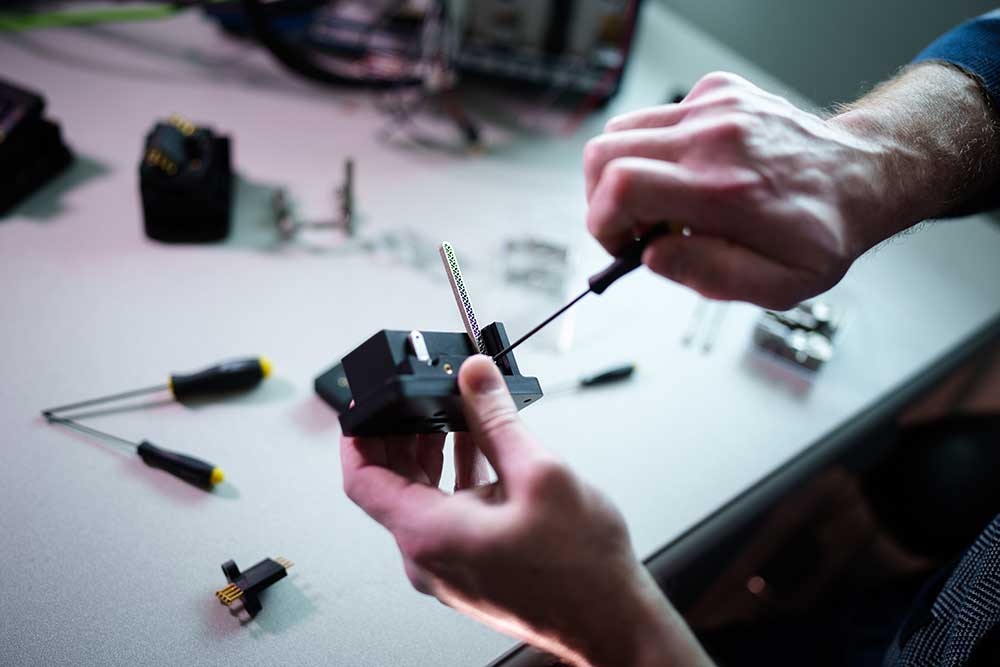
Providing reliable connections at Pantex
A new cable assembly aid for the Pantex Plant will reduce the likelihood of damage to cables during testing and provide repeatable and reliable connections during assembly and disassembly. A multidisciplinary team used 3D printing technology and materials to take advantage of increased cycles of learning and design iteration, enabling rapid design of the fixture. Final design was completed in only a few months but will lead to a cost savings estimated at tens of millions of dollars. • 1000, 7000, 8000
Interlaboratory collaborations maximize research strengths
A new joint NNSA Interlaboratory Laboratory Directed Research and Development Collaborations Program aims to produce transformational outcomes in high-energy-density science, biosecurity, climate for national security and advanced materials manufacturing. A call for joint interlaboratory LDRD proposals from Sandia, Los Alamos and Lawrence Livermore national laboratories and the Nevada National Security Site garnered 79 proposals, of which four to six proposals will be funded. The program will harness the combined strengths and capabilities of LDRD programs at multiple laboratories to further progress on shared national strategic
goals. • 1000, LDRD
Modern plutonium test capability reestablished
A modern plutonium test capability for the nuclear security enterprise was reestablished through the work of a multidisciplinary team, which performed the first series of plutonium experiments in support of stockpile stewardship at the Annular Core Research Reactor. The experiments measured the effects of pulsed neutron-gamma environments on materials. The cross-organizational effort was executed by Sandia, Los Alamos National Laboratory and an external partner. • 1000, 4000, 8000, 9000, LANL
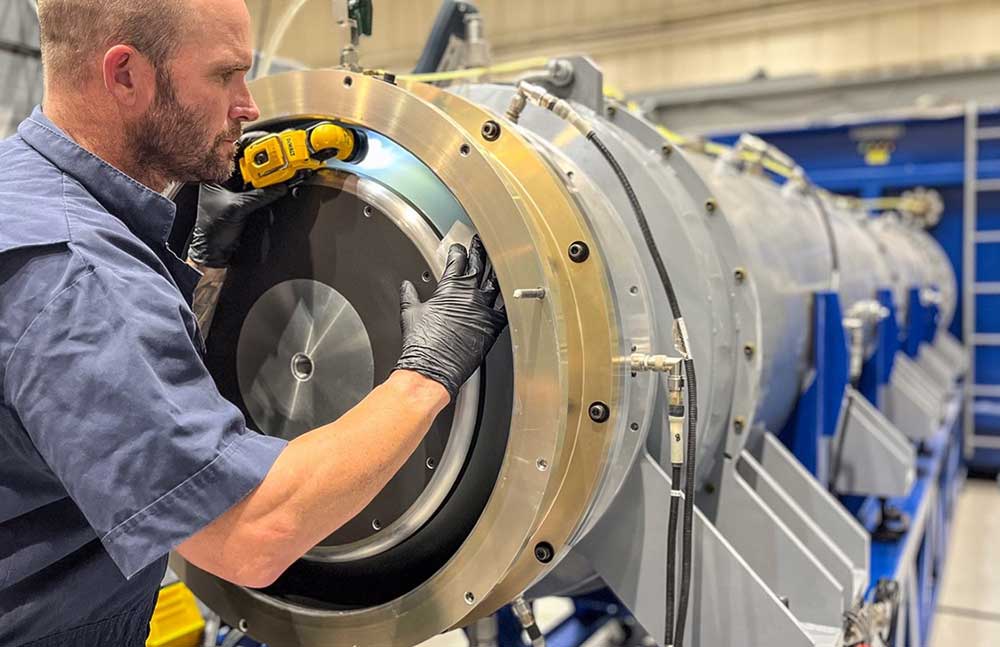
Vacuum insulator development on Vulcan
High-voltage vacuum insulators are critical components in large pulsed-power machines such as the Z Pulsed Power Facility at Sandia. Vulcan, a testbed commissioned this year, is designed to push these vacuum insulators to their breakdown limit and learn how to take them even further. This past year, hundreds of experimental shots were conducted on various vacuum insulators at voltage stresses up to 2 megavolts. These shots demonstrated that adding anode plugs to a vacuum insulator can increase the hold-off voltage by 30% or more. • 1000
CrossSim 3.0 simulator release
Sandia released a new version of CrossSim, an open-source simulator for analog linear-algebra accelerators developed at the Labs. This version includes a new interface making CrossSim drop-in compatible with existing Python and Matlab codes and allows simulations that are up to 40 times faster. The improvements significantly simplify the process of optimizing existing applications for analog hardware. Sandia already used the new CrossSim version to demonstrate the suitability of analog acceleration for quadratic optimization for autonomous navigation and guidance. • 1000, 5000, 8000, LDRD
Electromagnetic integration for W80-4 qualification
To complete W80-4 electromagnetic qualification, integration between testing, modeling and simulation required the development of a truncated-case surrogate model. Fused data from the model and from experiments helped to specify environments for future qualification tests. For the shielding effectiveness test, truncated-case model experience was applied to the full W80-4 geometry. Collaboration between the geometry, meshing and simulation teams resulted in a significantly more capable and efficient workflow of computer aided design to simulation. • 1000, 8000
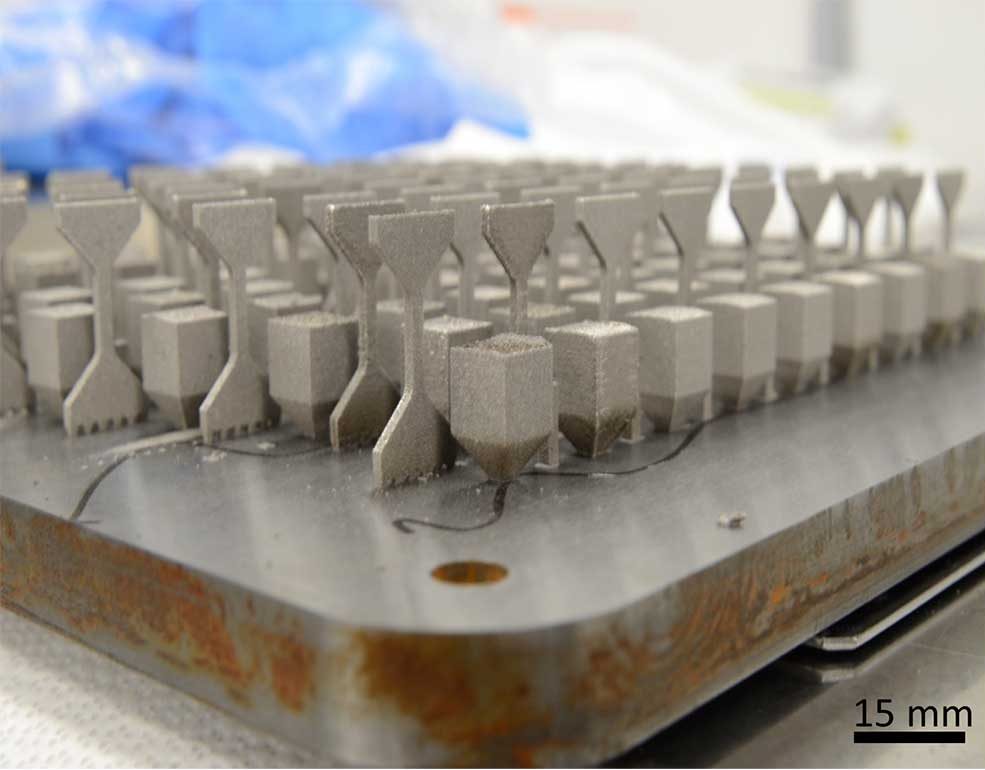
Machine learning for materials reliability
The Beyond Fingerprinting Grand Challenge Laboratory Directed Research and Development project is exploring the possibility of discovering robust materials and processes by semiautonomous platforms with embedded expert knowledge. The key development is Hierarchical MultiLayer Algorithms, a process optimization approach that includes high-throughput testing, multimodal data fusion, a patented physics-informed multimodal autoencoder, a new physics-based machine learning algorithm to accelerate materials simulations by 1,000 times and multiobjective Bayesian optimization. Sandia recently used Hierarchical MultiLayer Algorithms to accelerate development of production protocols for an additively manufactured Kovar alloy product. • 1000, 5000, 7000, 8000, LDRD
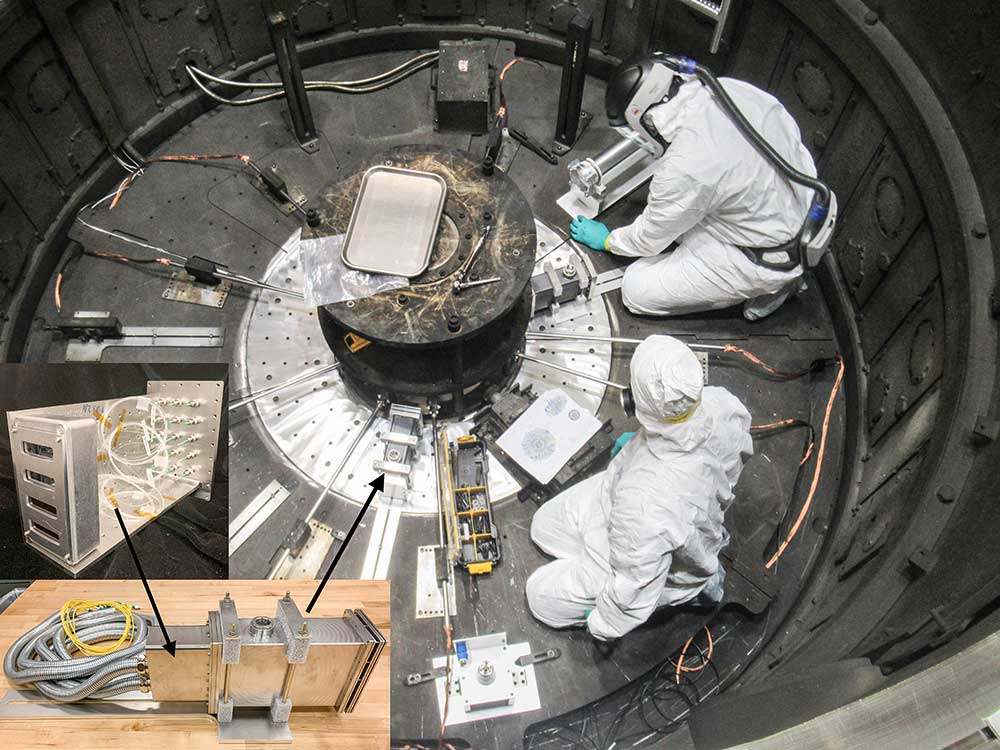
Component-scale recovery on Z
A new capability at the Z Pulsed Power Facility forges a path for the use of a large, next-generation pulsed-power device in support of component qualification for stockpile stewardship. Sandia’s new Non-Orthogonal Testing For Large-Area Threats tests and recovers component-scale objects subjected to warm X-ray insults and can support the fielding of nonnuclear components that are 50 times larger in area while maintaining isolation from debris and beryllium contamination. Sandia has tested and recovered such objects with active optical and electrical measurements for post-shot analysis. • 1000, LDRD
New Saturn source tests materials
To expand the range of environments available to evaluate the performance of materials in extreme radiation environments, an electron beam source was commissioned that exposed 3D test objects to radiation at Sandia’s Saturn pulsed-power machine. The large area and uniformity of this photon surrogate environment allows for full-scale materials response testing of components. This capability and successful testing of advanced materials developed at Sandia was the culmination of a multiyear collaboration with the Naval Research Laboratory. • 1000
Sandia impacts Exascale Computing Project
Over the past decade, Sandia has been a leader in software technology for the multilab Exascale Computing Project. These software technologies enable the latest exascale supercomputers to run previously unsolvable national security analyses. Successful completion of the Exascale Computing Project was captured through key performance parameter points, and each Sandia software component successfully delivered on this critical metric. • 1000, 8000
Radiographing instabilities on Z
Unstable deformation of materials at extreme conditions is challenging to model, even with the most advanced hydrodynamic codes. Sandia and Los Alamos national laboratories tested these codes using Z Pulsed Power Facility experiments to compress two nested beryllium cylinders. Machined grooves on the inner cylinder seeded dramatic instabilities at temperatures of thousands of degrees and pressures millions of times higher than the Earth’s atmosphere. X-ray radiographs generated by Sandia’s Z Beamlet Laser demonstrate the evolution of the instabilities over a few billionths of a second. • 1000, LANL
End-to-end reentry flight assessment
The integration of novel computational simulation and ground testing capabilities provides a new capability for predicting aerodynamic and mechanical response and evaluating reentry system flight performance. Realistic simulations and tests will provide the environments needed by nuclear deterrence systems and components to design and develop qualification evidence earlier in the program and act as supplements later
in the program. • 1000